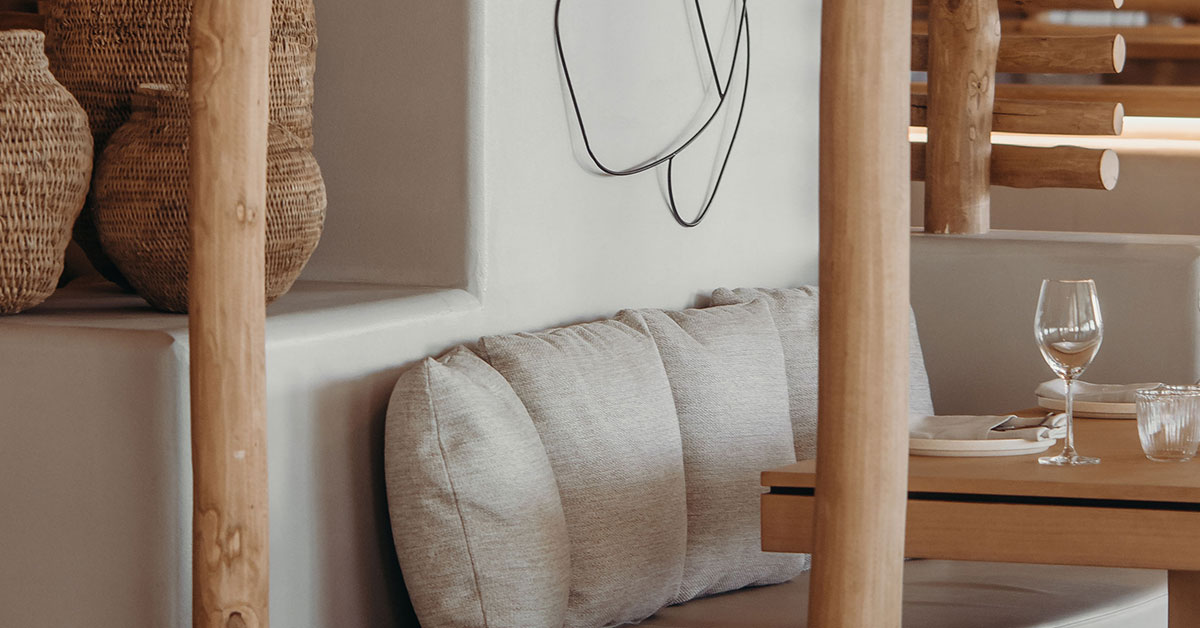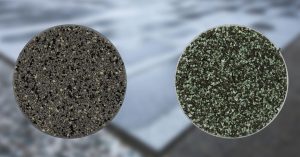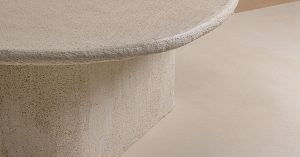Ever wondered how a simple plaster finish can completely transform the feel of a room? Exploring the types of interior plaster available today reveals how much value these finishes bring in both form and function. From sleek, smooth finishes to bold, textured styles, each type of plaster creates a distinct look and feel that can match a wide range of interior aesthetics.
In today’s world, where homeowners want spaces that balance warmth and sophistication, choosing the right plaster is more important than ever. In this article, we’ll break down the different plaster types, highlight their defining traits, and explain how each can upgrade your interior walls, whether you’re remodeling a living room or designing a feature wall.
Key Takeaways
- Understanding different types of interior plaster is key for better room looks.
- Smooth plaster finishes give a sleek look that matches modern designs.
- Textured finishes bring depth and personality to spaces.
- The plaster finish choice greatly impacts a room’s feel.
- Picking the right plaster is vital for design and function.
Table of Contents
The Importance of Plaster Finishes in Interior Design
Plaster does more than cover walls, it brings character and cohesion to a room. A quality plaster finish contributes not only to visual appeal but also to the comfort and mood of the space. Designers and homeowners alike turn to interior plaster to achieve a range of looks, from the sleek minimalism of polished surfaces to the organic charm of hand-textured plaster walls.
Beyond aesthetics, plaster offers practical benefits: it’s durable, long-lasting, and adaptable to both historic restorations and modern architecture. With proper application and care, a layer of plaster can turn a flat wall into a design element that reflects your personal taste.
Types of Interior Plaster
There are many types of interior plaster, each formulated to provide unique benefits. Whether you’re seeking a breathable, eco-friendly option or a high-gloss, contemporary finish, there’s a type of plaster for every style and functional requirement.
Definition and Description
Plaster surfaces can range from smooth and sleek to bold and textured. A smooth finish creates a clean, elegant look suitable for minimal interiors. On the other hand, textured finishes add personality and depth to the space. Decorative finishes further elevate interiors by creating custom effects, perfect for feature walls or focal areas.
Some common types include bonding plaster for difficult surfaces, browning plaster as a base for finish coats, and hardwall plaster for strength in high-traffic areas. Each of these plays a specific role in the plastering process, and choosing the right mix enhances both durability and appearance.
Common Uses in Different Spaces
Smooth finishes work well in bedrooms and living rooms where subtle elegance is preferred. Textured plaster adds character to family rooms and hallways, often used to create tactile, inviting environments. More durable types, such as lime and gypsum, are ideal for interior surfaces like kitchens and bathrooms due to their resistance to moisture and wear.
In commercial projects, the use of waterproof plaster finishes ensures performance in high-humidity zones. For older buildings or restorations, traditional plaster finishes are often selected to maintain authenticity while enhancing aesthetics.
Smooth Plaster Finishes
A smooth finish brings a polished, modern vibe to interiors. This finish reflects light well, making rooms feel larger and more open. Homeowners favor smooth plaster wall finishes for their easy maintenance and versatility.
Characteristics of Smooth Plaster
Smooth plaster surfaces are refined and elegant. Their light-reflective nature makes them ideal for brightening rooms. They also disguise minor wall imperfections, delivering a flawless finish. This simplicity makes smooth interior plaster highly adaptable to modern and minimalist design schemes.
Application Process and Techniques
To achieve a smooth plaster finish, thin, even coats of plaster are applied with precision. The surface must be prepared carefully, ensuring proper adhesion. Drying between layers is essential for preventing cracks and achieving the desired effect.
Various methods, like float finishing or trowel application, allow for a customized result. These techniques to achieve different looks ensure every project has a unique finish.
Benefits of Choosing Smooth Finishes
Smooth plaster walls are easy to clean and maintain. They pair well with many color palettes and furniture styles, making them a smart choice for dynamic interiors. This finish works especially well in homes prioritizing clean lines and subtle sophistication.
Textured Plaster Options
Textured finishes introduce depth and visual interest, allowing homeowners to create spaces with character. There are several popular types of plaster textures, including sand, scraped, and pebble dash finishes.
Popular Textured Styles
- Sand plaster offers a granular texture with a rustic appeal.
- Pebble dash incorporates small stones, giving walls a rugged, tactile surface.
- Scrapped plaster features artistic etching, combining texture and elegance.
- Roughcast plaster delivers a heavier surface on walls, popular in Mediterranean designs.
Each style not only enhances aesthetics but also conceals surface flaws. These plaster wall finishes are a smart option for high-traffic areas or older walls.
Transforming Spaces with Texture
Adding texture can transform plain walls into statement pieces. Whether you’re after a Mediterranean vibe or an earthy, natural look, textured plaster offers techniques to achieve different effects that reflect your unique taste. It’s also ideal for blending modern and traditional elements.
Combining interior design elements like lighting and color schemes with textured finishes enhances the overall look and feel of the room.
Understanding Lime Plaster
Lime plaster is among the oldest and most sustainable types of plaster. It’s made using slaked lime and sand, making it a breathable and eco-conscious choice.
Composition and Environmental Benefits
The key ingredient, lime putty, allows moisture to pass through, helping regulate indoor air quality. This contributes to healthier, mold-resistant interior spaces. Lime plaster is often chosen for green building projects due to its low carbon footprint and compatibility with traditional materials.
How Lime Plaster Cures and Aging Process
Over time, slaked lime plaster absorbs carbon dioxide from the air and hardens. This unique curing process results in a finish that becomes stronger with age. The aging creates a rich patina that enhances the natural appeal of the material.
Best Applications for Lime Plaster
It’s ideal for historical renovations, bathroom walls, and any space needing a breathable finish. When applied correctly, it offers excellent durability while maintaining visual charm.
Gypsum Plaster: A Versatile Alternative
Gypsum plaster is widely used for its fast setting time and smooth appearance. It’s light, cost-effective, and ideal for modern interior walls.
Advantages of Using Gypsum Plaster
- Fire resistance improves building safety
- Quick drying for faster project turnaround
- Excellent for smooth finishes
- Helps maintain comfortable indoor humidity
Typical Installation Methods
Gypsum is applied in a two-step process: a browning plaster base coat followed by a fine finish coat. Its adaptability makes it suitable for both walls and ceilings in residential and commercial spaces.
Common Gypsum Use Cases
Due to its affordability and workability, gypsum plaster is often found in interior spaces like hallways, bedrooms, and even some bathroom ceilings where moisture control is managed with ventilation.
Advantage | Description |
Fire Resistance | Safe for homes and offices |
Rapid Application | Speeds up construction timelines |
Smooth Appearance | Clean finish for paint and décor |
Moisture Control | Enhances indoor air quality |
Venetian Plaster: Elegance and Tradition
Venetian plaster is a high-end finish that blends tradition and artistry. It’s known for its layered depth and polished look, ideal for creating luxurious environments.
Craftsmanship and Techniques of Venetian Plaster
Application involves multiple thin layers, each burnished to a lustrous shine. Tools like stainless steel trowels are used to polish the surface and reflect light. This method emphasizes craftsmanship and results in a premium interior plaster experience.
Where to Use Venetian Plaster
Best suited for spaces like entryways, formal living rooms, or accent walls, Venetian plaster offers a timeless look. It’s less suitable for high-moisture areas, but when placed properly, it delivers unmatched beauty.
Why Terrazzo GraniTech Is the Best Choice for Interior Plaster
When comparing various types of interior plaster, one innovative solution consistently stands out, Terrazzo GraniTech. While traditional plasters like lime, clay, or gypsum plaster each have their strengths, GraniTech combines their best qualities into one modern material.
Developed using a unique mineral composition, Terrazzo GraniTech offers the look of traditional plaster finishes with the resilience and adaptability needed for today’s homes. It works beautifully across interior surfaces, whether you’re covering walls and ceilings, enhancing high-humidity rooms like bathrooms, or elevating living spaces with stunning textures and finishes.
Key Benefits of Terrazzo GraniTech
- Durable and long-lasting with excellent crack resistance
- Easy to apply across different plaster surfaces
- Offers both smooth and textured finishes, adapting to any design
- Naturally breathable—helps maintain indoor comfort
- Compatible with modern plaster walls and eco-friendly projects
- Outperforms commonly used types in versatility and longevity
Terrazzo GraniTech vs Common Plaster Types
Feature | Terrazzo GraniTech | Lime Plaster | Gypsum Plaster | Venetian Plaster |
Breathability | Excellent | Excellent | Moderate | Low |
Crack Resistance | High | Moderate | Moderate | Low |
Aesthetic Options | Wide (smooth + textured) | Limited | Smooth only | Polished only |
Moisture Resistance | High | Moderate | Moderate | Low |
Application Versatility | High | Moderate | High | Low |
Eco-Friendliness | High | High | Moderate | Moderate |
Maintenance | Low | Moderate | Low | High |
Whether you’re renovating a historical home or designing a sleek new space, Terrazzo GraniTech delivers unmatched performance without sacrificing style. It’s a future-forward building material that honors traditional methods while raising the standard for interior plaster applications.
For homeowners, designers, and builders seeking both beauty and reliability, Terrazzo GraniTech is the clear choice among the different types of interior plaster available today.









